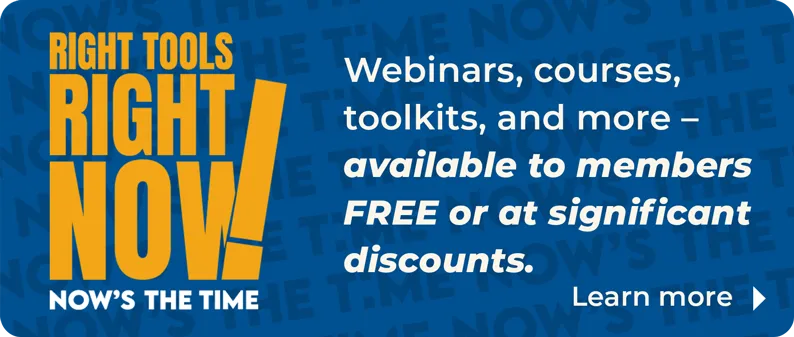
Voice assistants are a common feature in modern homes, offering convenience and control over various smart devices. However, the growing adoption of this technology also raises concerns over privacy and data security. Many smart home devices, particularly those from major tech companies like Amazon and Google, collect and monetize consumer data without fully disclosing to the end user how that data is utilized.
For real estate agents working with customers who are interested in smart home technology like voice assistants, knowing that this happens—and how to mitigate any unwanted collection of private information—is valuable information to relay. Here are some critical strategies and best practices to share with your smart home clients for safeguarding their data when using voice assistants.
The Privacy Concerns with Major Voice Assistants
Voice assistants from Amazon (Alexa) and Google (Google Home) are some of the most popular on the market, but they come with extensive data collection practices. A recent study by VPN provider Surfshark found that Amazon's Alexa collects around 28 data points and Google Home collects 22. This includes sensitive data like device identifiers, location, contacts, browsing history and even audio recordings. The data collected is often linked to user profiles, potentially revealing personal addresses, precise location and even health data. These findings highlight the importance of proactively managing privacy settings on voice assistants.
Strategies for Securing Privacy
There are ways to continue using voice assistants and mitigate the amount of information they collect.
- Know what’s being collected. Make sure to review the privacy policies of any voice assistant and its connected devices. Many of these platforms offer transparency reports or privacy dashboards that show exactly what data is being collected and stored.
- Mute the device when it’s not in use. Most voice assistants come with a mute function, which can be activated when the device is not in use to ensure it isn’t listening when it shouldn’t be. Some voice assistants, like Josh.ai, offer a physical mute button or a built-in privacy switch, giving users confidence that their conversations remain private.
- Set up voice recognition and “wake words” with intention. Ensure that the voice assistant is set up to only activate with specific wake words—a word or phrase that you set up to trigger the assistant into an active mode—and isn't mistakenly listening to everyday conversations. This prevents accidental activation and reduces the chances of unintended recording.
- Adjust the device’s privacy settings. In the app settings of most voice assistants, users can review and delete their voice history or choose settings that limit data sharing. For example, users may opt out of certain voice recordings being stored or shared with third-party apps.
- Limit user access. Controlling access is key to privacy. Set up specific roles or password-protected user accounts for each family member who uses the voice assistant. This not only secures access but also prevents unauthorized users from controlling the smart home.
A Privacy-Focused Approach: Josh.ai
One example of a voice assistant prioritizing privacy is Josh.ai, a professionally installed solution that offers advanced privacy controls. Here are a few of the features the technology offers:
- Transparent Voice Activation: Josh.ai only activates when its designated wake word is used, and its microphones show a clear visual indicator when listening. This minimizes accidental recordings.
- Local Processing of Data: Whenever possible, Josh.ai processes data locally within the home, reducing the amount of information sent to the cloud. When cloud processing is necessary, the company uses encrypted connections to secure user data.
- User Ownership of Data: Users maintain control over their data. Settings can be adjusted based on comfort levels with data sharing, ensuring a balance between personalized functionality and privacy.
- Secure Access Management: Strict password policies and user roles are enforced, requiring authentication for access to the smart home system. This ensures that only authorized individuals can control or access information through the voice assistant.
By understanding privacy settings and taking control of how data is managed, you and your clients can confidently enjoy the benefits of voice assistants without compromising on security. Remember, to convey that privacy is in the hands of the individual—don’t hesitate to use the tools available to protect it.









